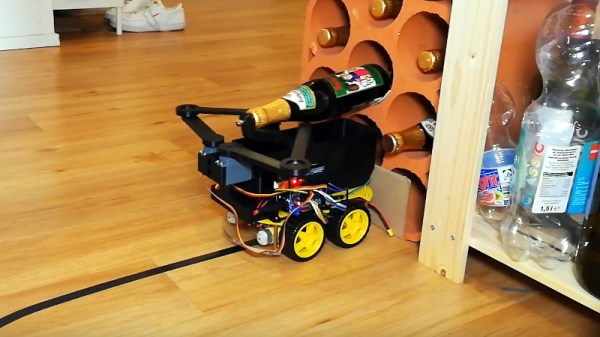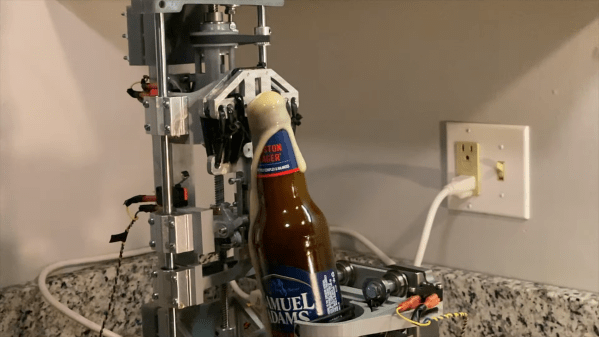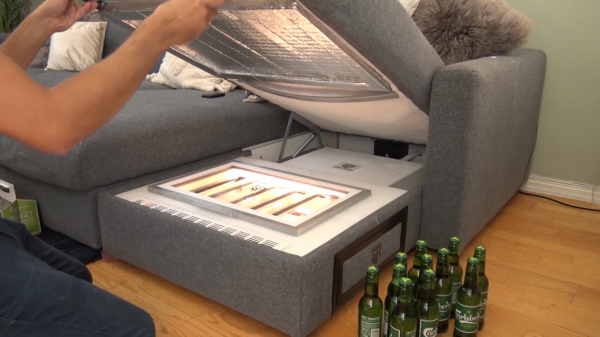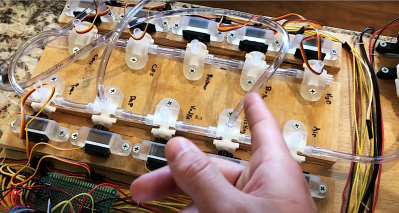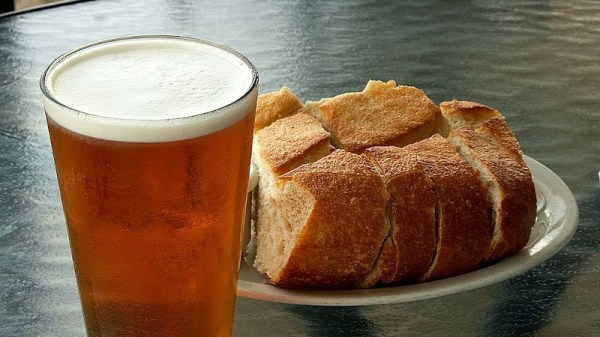Let’s say it’s Halloween, and you’re a big fan of centaurs. At the same time, you want to be easily able to store your drinks on ice and always have them to hand. Well, this costume from [David Yakos] might be the one for you.
Construction is simple. Two small bike wheels were fitted to the cooler using bits of a broken chair, and the other end of the cooler is simply fitted around the wearer’s waist with a strap.
The rear centaur legs are carved out of foam board, and attached to the rear wheels with a bolt through the spokes. The top of each leg is attached to a rod, which slides into the frame holding the wheels on. It keeps the top of the legs roughly where they should be but lets them move, allowing the legs to “walk” as the wheels rotate.
It’s not exactly an advanced build, but we simply love the idea of costumes that keep drinks cold all night. Hiding the cooler as a centaur’s body is really just the icing on the cake. Of course, if you’ve got your own costume design for keeping your beverages chilled and frosty, do let us know. Video after the break.
Continue reading “Centaur Costume Features Drinks Cooler And Walking Legs”


